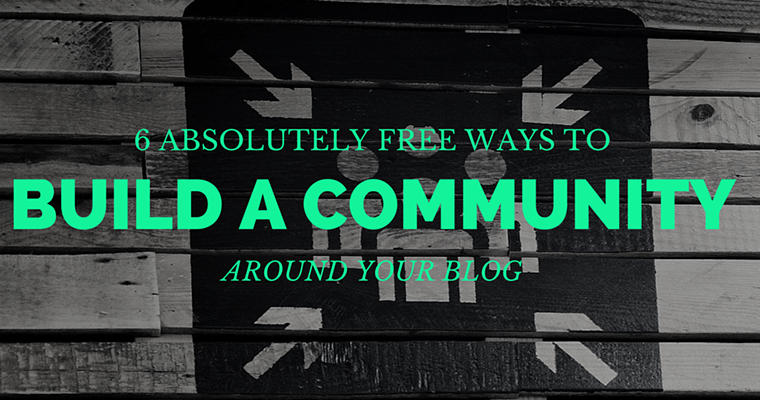A blog is not a place to dump content. Obviously, you know this. At least I assume that everyone with a blog would be aware, and yet so often that is exactly what they seem to be doing.
Blog posts are being published on websites and just left there to gather dust. Maybe there’s some traffic. But that doesn’t mean the blog is successful, or that the post has done well.
Dan Shure published a great piece on Moz about this titled The Broken Art Of Company Blogging (and the Ignored Metric That Could Save Us All). He explains that he does not use traffic or social sharing as a measurement of success. A blog post could have hundreds of shares, and he would consider it a failure if it did not have one particular metric to judge it: comments.
That isn’t quite what I want to talk about here, but it brings up an excellent point: How do you measure the success of a blog? The answer is not necessarily comments, but rather a sense of community. Your blog should be a community of users, not a place to host content.
Community Building as a Primary Goal
Often the idea of community building is secondary to other focuses. Marketing a product or service might be a priority, for example. Or bringing in traffic that increases ad-based revenue. It may even be a platform for affiliate marketing, which is to date one of the most lucrative profit-generators for blog owners.
While all of those concepts are important, putting these concepts first is not going to make you a success. Your primary goal should be to build a community that is sustainable in the long-term. The benefits of that will be greater than just bringing in numbers.
But how do you get the ball rolling, and once it is, how do you keep it going? Here are some tips for community building around your blog.
1. Be Personable & Approachable
No one likes feeling as though they are speaking to a robot. You are a real person, and you should present yourself that way. When you respond, be personable and approachable.
Speak like a human, and be inviting and real. Remember the advice your mother always gave you: be yourself! Readers respond to authenticity.
Most Importantly: Be Helpful
There may be dozens of other ways to get people come to your site again and again but my own way is to be helpful, genuinely helpful without asking anything in return.
Free tool to help:
Commun.it (which is freemium but I’ve been using their free version for ages) is a great way to make sure you haven’t missed a single Twitter mention and replied to everyone.
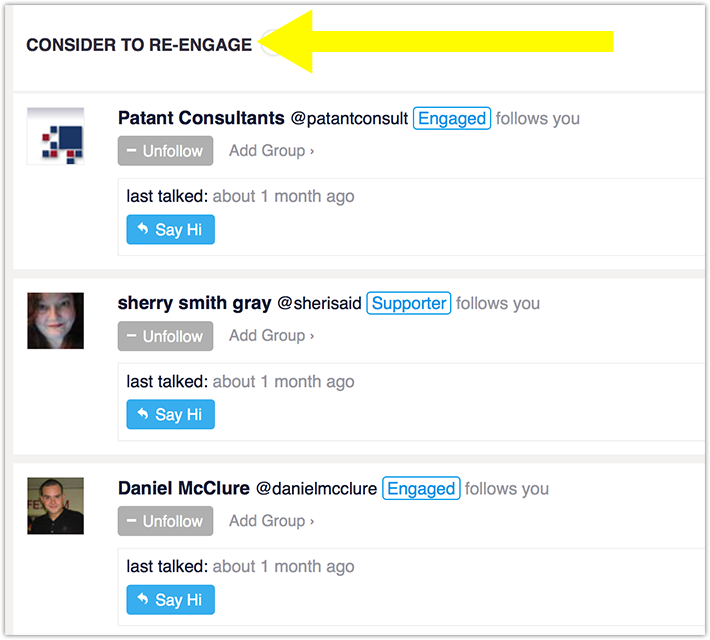
2. Understand Your Reader
Knowing who you are talking to is crucial. This way you’ll know how to actually solve your readers’ problems and thus entice them visit again and again.
Whether it’s building personas, making surveys, or looking into Google Analytics (or all of that), you should be constantly listening to your audience.
Free tool to help:
Online chat option is a great way to hear back from your users. Chatwoo gives your readers an opportunity to talk to each other right on your site (which you can follow!). Chatwoo is absolutely free, easy to set up, and it doesn’t slow down your site.
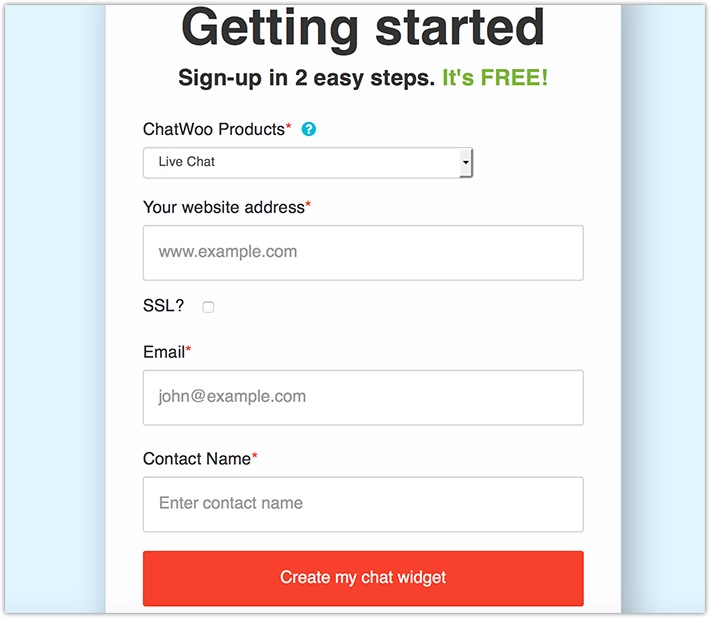
3. Fully Integrate Your Social Presence
Let’s face it: Your micro-community is just one of dozens of other communities your visitors frequent, so bringing the discussions to those platforms they love makes total sense.
When you post a link to your new content, make sure it comes with an engaging or provocative introduction in the status update portion. Ask people what they think, and be sure to reply when possible.
When people are invested, they share. When they share, they start conversation of their own. They become an active part, not a passive reader.
There are ways to bring those discussions back to your blog to continue the conversation there and consolidate all your efforts:
- Embed social media threads to your articles (Most social media sites allow you to embed discussions)
- Use social shares as comments: You have an option to use Facebook or Google Plus to power your comments. You can also use this plugin to aggregate all the discussions around the URL and publicize them as comments.
Free tool to help: I use Tweetdeck to track my new article URL for at least a couple of weeks to catch everyone who tweeted it.
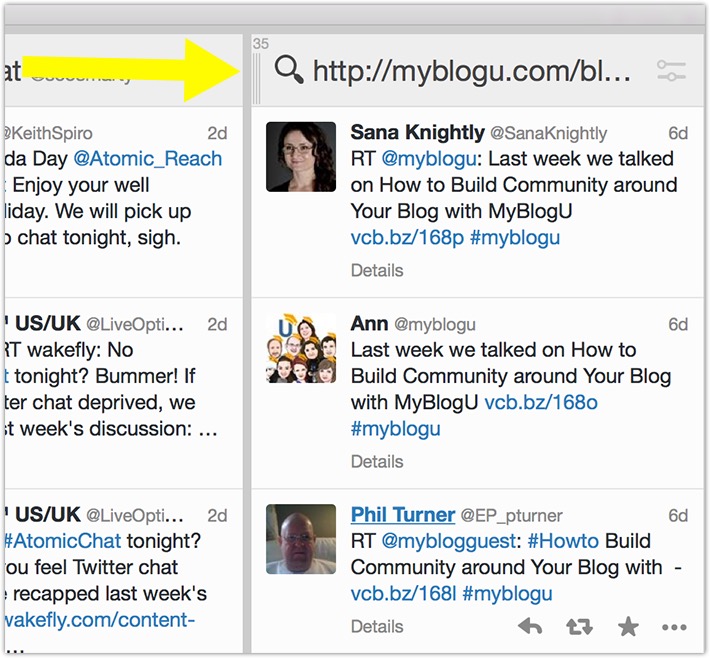
4. Comment Back
When someone does comment on your blog, make sure you respond. You have an opportunity to show your readers that you appreciate them by spending some of your valuable time addressing their opinions.
Thank them for reading, even if they don’t agree with you or seem argumentative. Put in an effort to be a part of the conversation yourself, so they know you are paying attention.
Free tool to help:
This plugin allows your readers to subscribe to new comments to keep the conversation going. If you think that’s too aggressive, use this plugin allowing your readers to get notified only if their comment got a new reply.
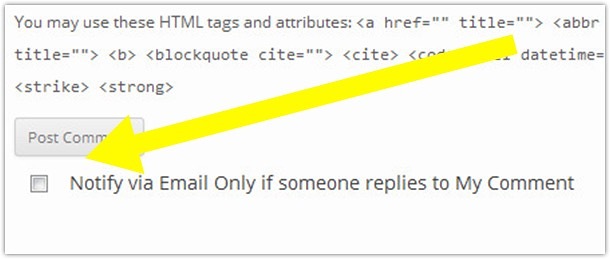
5. Have Regular Meetups
One of the greatest inventions for community building online has to be the Twitter chat. By using a hashtag, you can host regular discussions with your readers in real-time.
Announce a topic ahead of time, set up a couple of moderators to monitor the conversation, and host a get together. You will be able to quickly establish a core list of dedicated users that can become a primary (and growing) audience.
Free tools to help:
Twchat is a free Twitter chat manager allowing you to assign mentors or speakers to each chat for your community to easier follow the conversation:
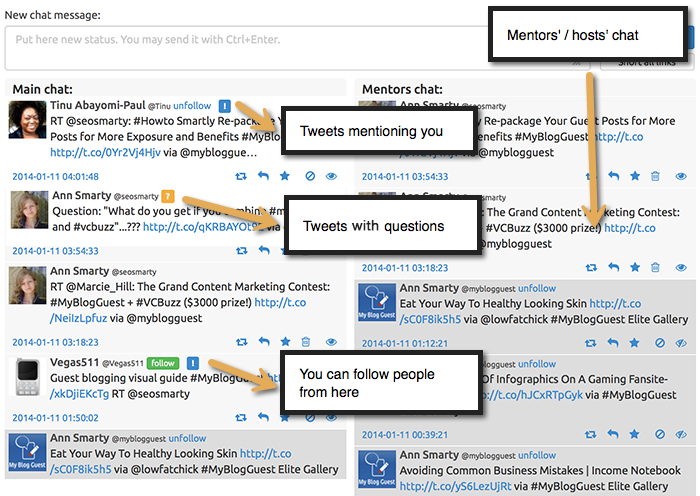
6. Have Weekly Round-Ups
At the end of every week, gather together the best content you posted on your blog and social media, comments or social posts from users, and anything interesting you might have come across, and present it as an overview.
Weekly roundups are also powerful ego-bait tactic that encourages those you mention in the article to share your content and thus expand your reach.
Free tool to help:
I use MyBlogU (Disclaimer: I am founder) to help me generate those. It saves time: I don’t need to email people or manually collect links to go in the roundup. All I do is create a new project asking users to send me ideas / quotes / links on a specific topic, and later select those I like and generate an easy to use HTML code.
MyBlogU handles all the emailing and updating so all my contributors can go and promote my live round-up, comment and help me get the word out.
Here’s how MyBlogU helps me build up my community.
 Do you have any tips for creating a sense of community for your blog? Have a case study to share? I would love to hear from you, so let me know in the comments.
Do you have any tips for creating a sense of community for your blog? Have a case study to share? I would love to hear from you, so let me know in the comments.
Image Credits
Featured Image: Illustration via Ann Smarty
All screenshots via Ann Smarty. Taken July 2015.



